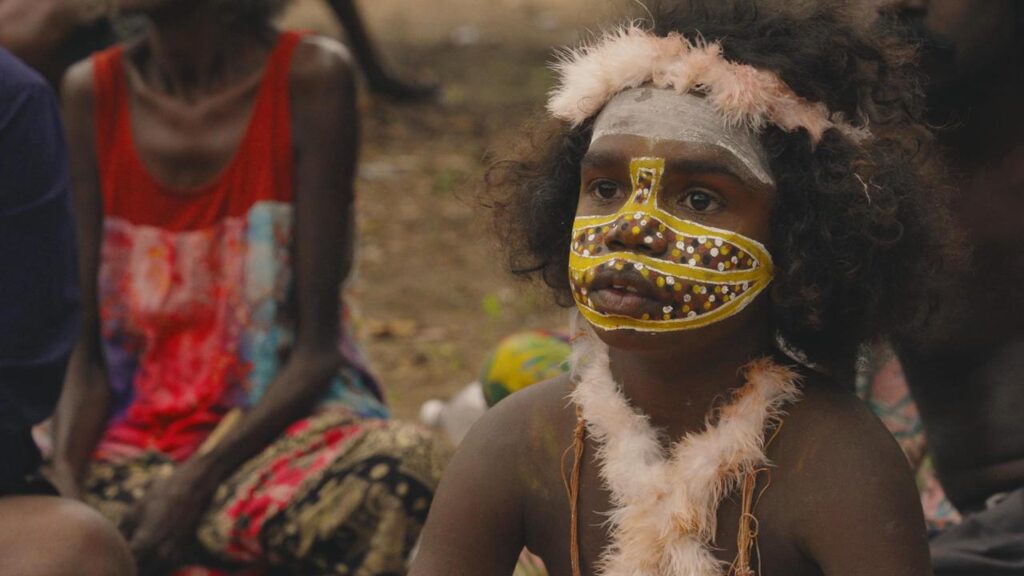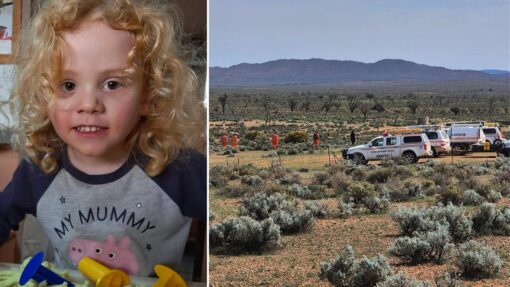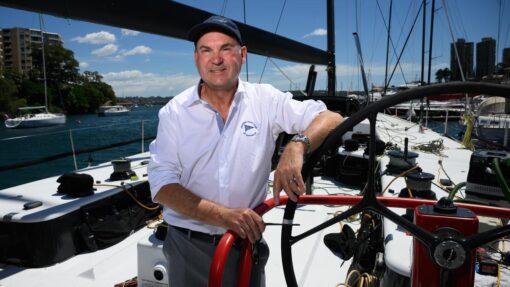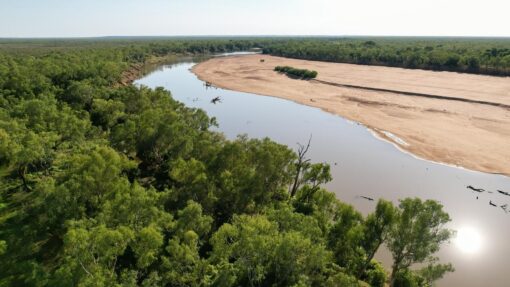Gulpilil’s Journey Home reveals a rich, deep culture
Keira Jenkins |

Returning to his homeland was the last wish of legendary actor David Gulpilil.
Born at Gulpulul, on the Arafura swamp, in the Northern Territory’s Arnhem Land, this is where he wanted to be laid to rest.
When he died in South Australia in 2021, Mr Gulpilil’s family contended with COVID-19 restrictions, and other logistical challenges to return him home, to be buried along the water goanna songline of this Country.

Throughout the journey, spanning more than 4000 kilometres, via plane, car, boat, on foot, and accompanied by ceremony at each leg, Mr Gulpilil’s family granted permission for his final chapter to be filmed.
The documentary, Journey Home, David Gulpilil that resulted is an invitation for the world to the Yolngu man’s funeral, and into a rich, deep culture, rarely shared so openly.
“It really is a beautiful story that at the end of the day speaks to all of our Indigenous cultures of giving and giving back,” documentary co-writer and director Trisha Morton-Thomas told AAP.
Mr Gulpilil’s career spanned decades, first starring in the film Walkabout when he was just 16 years old, and known for his later roles in Crocodile Dundee, Rabbit Proof Fence, Storm Boy and The Tracker.
Senior Yolngu man and co-founder of the band Yothu Yindi, Witiyana Marika, had promised Mr Gulpilil he would lead the ceremony to send his spirit and body back to Arnhem Land when it came time.
Mr Marika approached Maggie Miles to explore the idea of documenting Mr Gulpilil’s journey home.
When Ms Morton-Thomas, an Anmatyerr woman from central Australia, was approached by her co-writer and director Ms Miles to take part in the documentary, she knew it would be an incredible adventure.
As the journey to Gulpulul unfolded Ms Morton-Thomas learned a lot about the man beyond the film star, who he was to his family, his community.
“I don’t think he ever left the Arafura swamp, not in spirit,” she said.
“When he went out into the world, he went out with this confidence of this culture he’d been raised in and he knew who he was.”
But at the heart of this story, Ms Morton-Thomas said, is the family who crowdfunded, worked against setbacks and logistical challenges over a period of months, waiting for the seasonal conditions to be right, as they brought Mr Gulpilil to his final resting place.
Importantly, Ms Morton-Thomas said it was his family who had control of the documentary’s narrative.

“It was this incredible family who moved mountains and got across crocodile-infested swamps and dealt with these almost insurmountable things in their path to get him home,” she said.
“The film was always really about them and then secondary their relationship to him or what he meant to people as a brother, as a father, as a person, rather than as a big media star that most of us know him as.”
While Ms Morton-Thomas said she was never able to work closely with Mr Gulpilil in life, documenting this final journey was a way of “working for him”, as his final wish came to fruition.
Journey Home, David Gulpilil is in cinemas from Thursday.
AAP


